Livestock
-
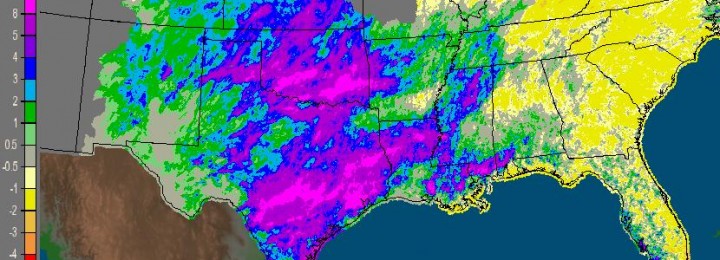
You may have read the news about the extreme flooding that is occurring over the central part of the United States. In Sunday’s post on climate data sources I showed a precipitation map from the Oklahoma mesonet; some stations reported more than 20 inches in the last 30 days! You can read one story about…
-
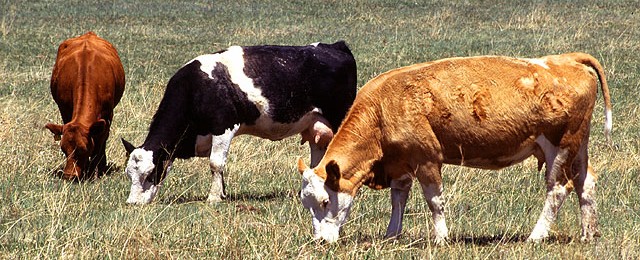
AgWeb posted an article this week on changes in the dairy industry across the US. California is still the number one dairy producer, but dairy production has remained flat in California due to the 4-year drought. Growth in other states has been significant, particularly in places where processing capacity has increased. Colorado, Kansas, Texas, Michigan and Indiana are…
-

California’s four years of drought is now having another agricultural impact on farmers besides the shortages of water for irrigation in some areas. Livestock producers are starting to find their springs and wells drying up, sometimes for the first time since their families purchased the properties back around 1900. This makes it more difficult to…
-

AgWeb posted an article this week on the impacts of the continuing California drought on dairies in the region. Competition for scarce water has led to fallowed crops and higher costs for irrigation. A shift to permanent crops like nut trees has also removed acreage once used to produce feed for dairy cattle. Dropping milk prices…
-
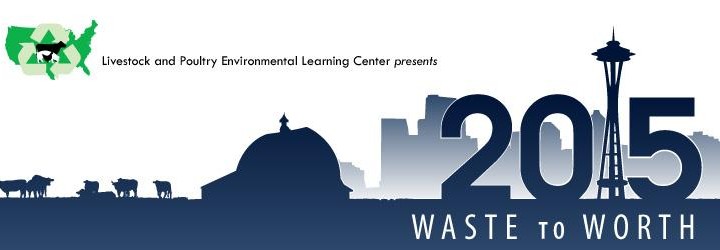
The Waste to Worth conference begins today in Seattle. I’m expecting to see a good group of people interacting on a variety of topics related to animal agriculture and waste management. There will also be a track on livestock and climate at the conference. I’ll be there all week and hope to share some insights…
-
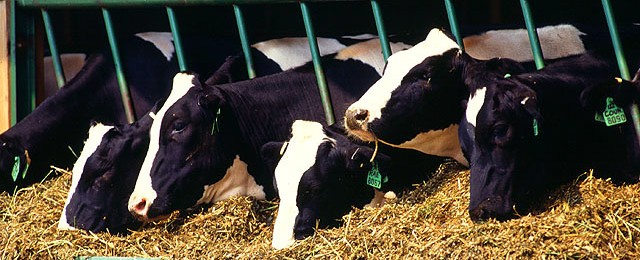
AgWeb had a fascinating article recently that discussed one Michigan farmer’s response to stressful weather conditions on his herd of dairy cattle. He built a large barn modeled on a swine facility with a roof and slatted floor plus open sides which reduces temperature-related stress and respiratory problems and improves weight gain in his cows.…
-
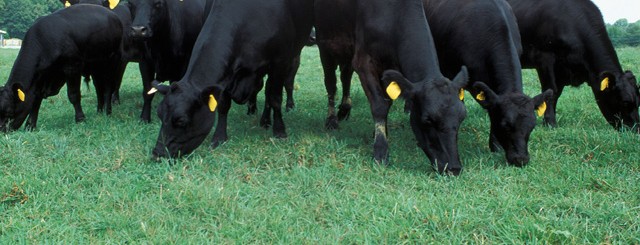
The Washington Post posted an article yesterday discussing grass-fed beef and how production methods affect the balance of greenhouse gases like methane. Since cows produce methane as part of the digestion process, and methane can increase global warming by absorbing infrared radiation being given off from the Earth, this is an important question. But it…